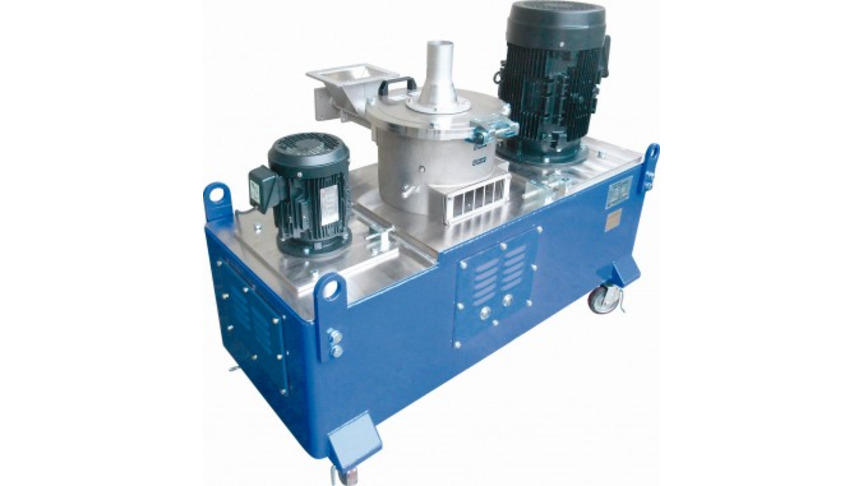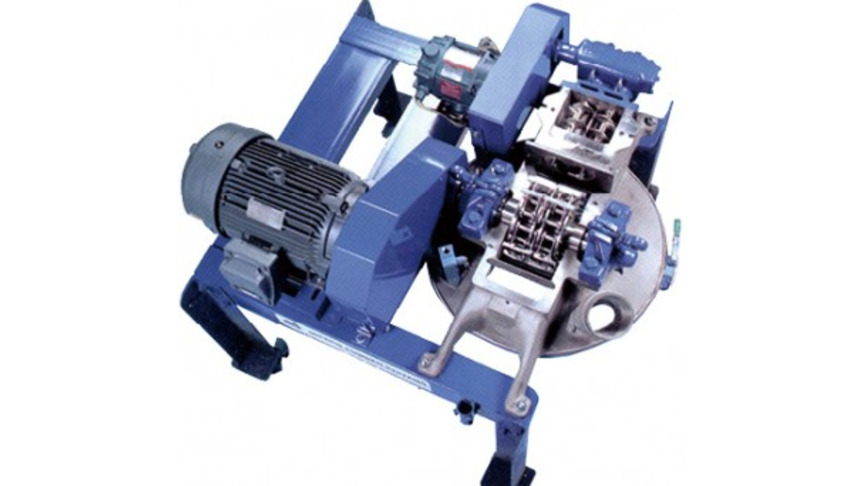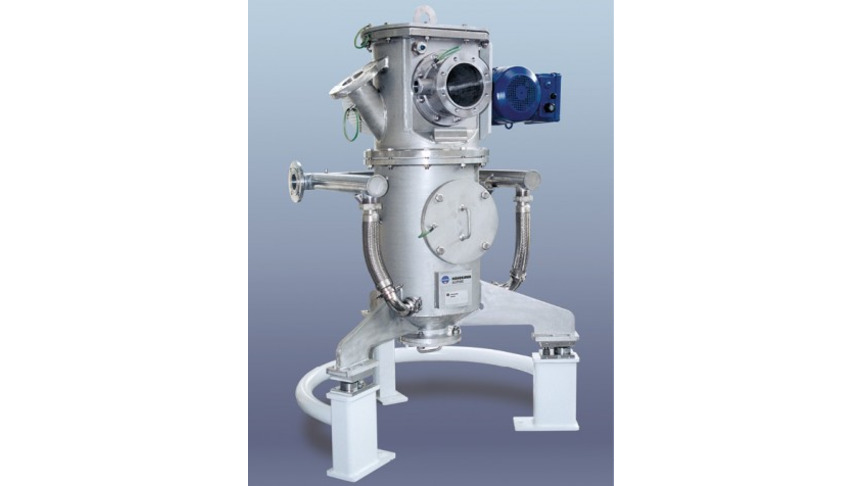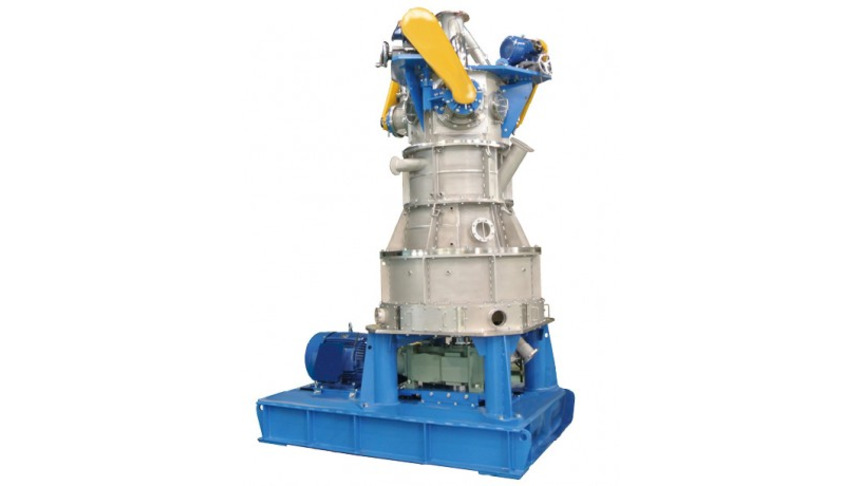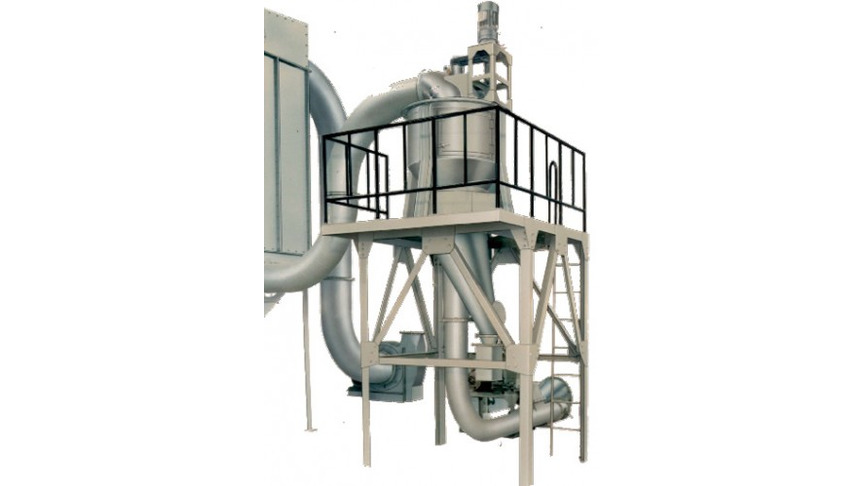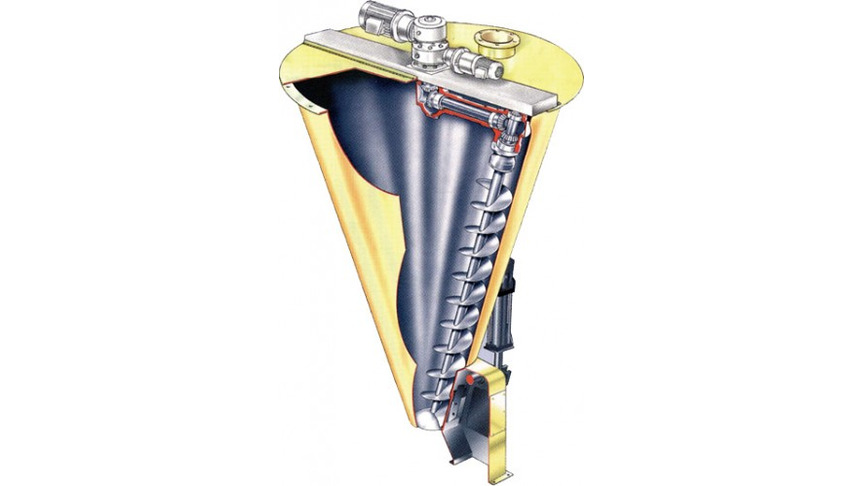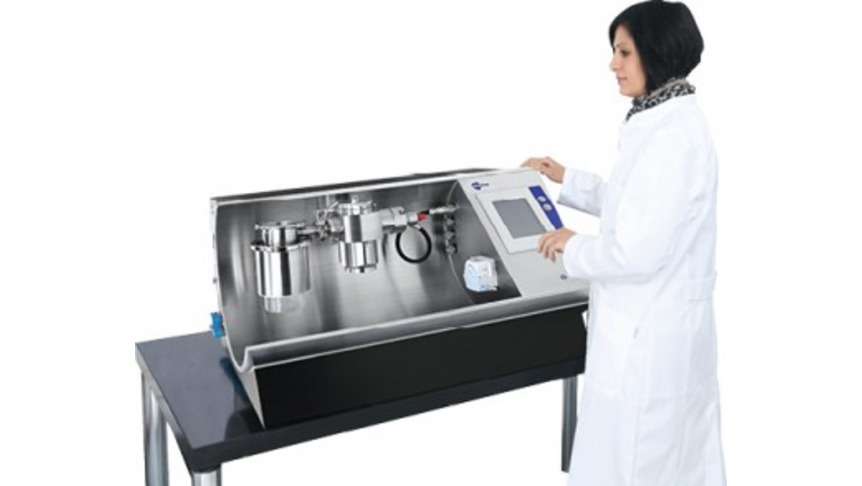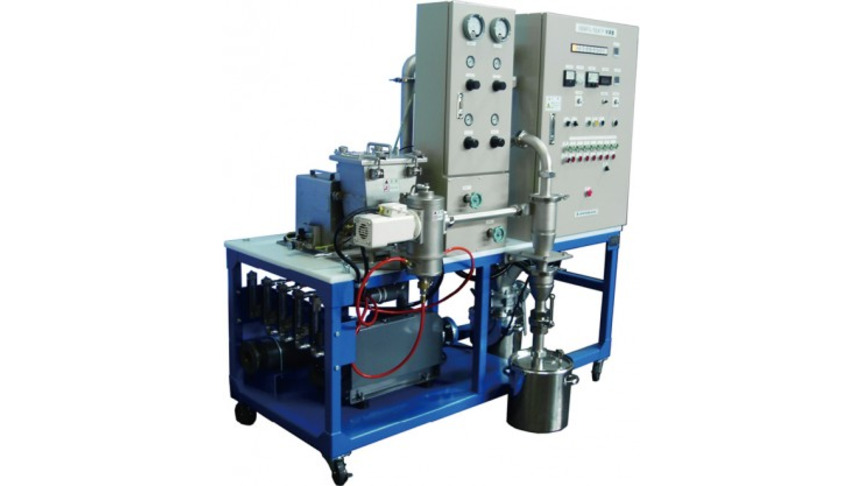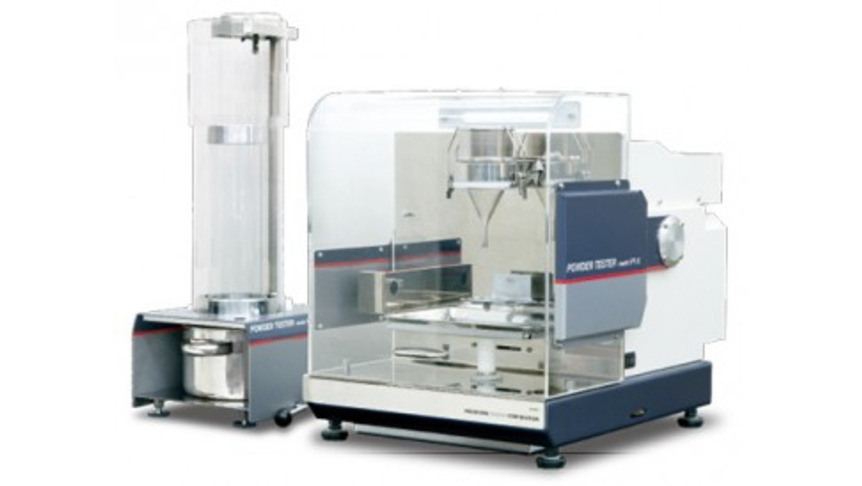- Industries & Machines Industries & Machines
- IIoT IIoT
- Service-Toll Processing Service-Toll Processing
- Material Material
- News News
- IR Information IR Information
-
Sustainability
Sustainability
Sustainability
- Introduction
- Hosokawa Micron Group "Basic Human Rights Policy"
- Hosokawa Micron Group "Basic Policy on the Environment"
- Sustaibality Policy - Mission Statement
- Editorial Policy
- Integrated Report
- Materiality & Strategy
- Technological contribution to a sustainable global environment
- Contributions towards a safer, more secure and prosperous society
- Sophistication of governance that supports business
- ESG Data Collection
- Sustainable Business Management ~ Finance
- Infromation Disclosure Based on TCFD Recommendations
- Jobs and Careers Jobs and Careers
-
About Us
About Us
About Us
- Greetings (Company Introduction)
- Hosokawa Micron Group "Basic Human Rights Policy"
- Hosokawa Micron Group "Basic Policy on the Environment"
- Management Philosophy
- Corporate Overview
- Executive Officers
- Corporate Profile
- Business Areas and Strengths
- Corporate History
- Hosokawa Micron Group
- Domestic Facilities
- Overseas Subsidiaries (Asia)
- Overseas Subsidiaries (Europe)
- Overseas Subsidiaries (America)
- Asian Agents
- Powder Technology Research Institute
- Industrial Property Rights
- Journals and Books
- Technical Information
- Annual Publication "Micromeritics"
- Compliance Charter
- Privacy Policy
- Cookie Policy
- Quality Principle

Industries & Machines
- TOP
- Industries & Machines
- Industries Search
- Graphite Crucibles for Silicon Production, Cokes and Carbon Materials
Graphite Crucibles for Silicon Production, Cokes and Carbon Materials

Summary
Synthetic graphite has characteristics of high melting point, low reactivity, high conductivity, etc. Because of these it is used in various applications such as electrodes and motor brushes and it is an indispensable material for production of silicon that is used in solar cells, which has drawn global attention recently.
To produce graphite crucibles for reduction furnace, firstly cokes are ground to the suitable particle size distribution range. Then it is kneaded with pitch, and ground again to ease the molding process. The re-ground particles are charged into the molds to form block shape by isostatic press. After calcination of the blocks it is graphitized under high temperature. Graphitized blocks become the final product after processes of cutting work and purification. As mentioned in the process of making block shaped molding, three steps of powder processing are required; grinding of raw material, kneading with pitch, and grinding of the kneaded mixture. For graphitizing furnace, carbon particles handling technology is important.
Contents
Fine grinding of cokes
Ground cokes are kneaded with pitch, ground again and molded for graphitization. Through this process, depending on the particle size of the first grinding process, following problems are generated:
When the particles are too coarse, the quality of molded block becomes unstable and surface of the final product becomes rough, since particle sizes originated from cokes and that from pitch are different.
When the coke particles are too fine, the required pitch quantity for coating becomes higher. Pitch contains volatile contents, if the pitch quantity is increased; volatilization volume is enlarged during carbonization process. This generates higher porosity, which makes molding easier to crack. Therefore it will be difficult to make precise molded products.
Conventional System - Mikro Pulverizer AP + Micron Separator
With this system, products with suitable size distribution can be manufactured. We have abundant experience and references in this field. The most widely used machine is Mikro Pulverizer series AP. This mill is provided with a few millimeter screen size for adjustment. However, in this process, the required particle size is d50 = 10μm or below. Some coarse particles may pass the screen.Therefore, very often, the grinding system combined with Micron Separator is commonly used. However, as cokes have naturally high abrasiveness there may be wear on screen or mill internals, thus affecting product size distribution. To cope with this, wear-protection material may be additionally used in the machines, such as tungsten carbide, alumina, zirconia, etc on internal parts.

Fig.1 Mikro Pulverizer AP-1

Fig.2 Micron Separator MS
ACM Pulverizer
As screen type mills do not meet the requirement of the finer particle size, new type of ACM Pulverizer, ACM-H, is adopted recently. This mill does not use a screen but incorporates an air classifier. Therefore, size adjustment is easy and it is possible to apply the internal parts with tungsten carbide or ceramic coating for wear protection. The ACM-H offers low noise compared with the conventional ACM Pulverizer, and higher capacity and finer particle size.

Fig.3 ACM Pulverizer ACM-30HC
Fluidized Bed Opposed Jet Mill AFG and Target Jet Mill MJQ
Product size range of 2-3μm is required for the improvement of workability and finishing surface smoothness of the graphite blocks. In this super fine grinding process, high capacity and narrower particle size range are required. Fluidized bed opposed jet mills with the classifier, AFG (Fig.5) or the target jet mill with a high efficiency classifier the Micron Jet-Q, MJQ (Fig.4) is prominent.

Fig.4 Micron Jet-Q MJQ-1

Fig.5 Fluidized bed opposed jet mill 400/1 AFG
After processed either way of process, the ground material is then mixed in the Vrieco Nauta Mixer for the stabilization of product quality (such like adjustment of particle size distribution). Stabilized powder is then either moved to the next step (see next section “Pitch Coating”) or filled into big bags for temporary storage. In the latter case, to reduce storage or transportation cost it is filled into big bags after tapped by the Hosokawa Micron Bulk Tappener or filled into fiber drums via the Hosokawa Stott Filling Weighing System preventing dusting.

Fig.6 Vrieco Nauta mixer
Pitch Coating / Kneading and their post grinding
The milled cokes are mixed/kneaded with pitch. Pitch works as binder to bind carbon particles or filling the fine pores on the surface of the fine particles. We supply the total plant including kneading machine and handling process since preceding and post processes closely relates with the plant performance.
The material, uniformly mixed with the pitch, is coarse-ground by a hammer mill after cooling. Then it is further ground, particle size distribution, which enables dense filling to the mold. As it contains the pitch, adhesion or texture displacement might occur due to heat created by milling. Therefore, any countermeasure had to be provided.
Graphitization
Blocks molded from carbon materials are carbonized by calcinations and then graphitized by furnace. In this process, coke powder and carbon black are filled among the blocks. High flowability and good packing property are required on these filler. However, the filling process has the following problems.
The process is carried out manually, which requires a lot of work; powder charging is not regularly done and charging itself is not easy. The working environment is quite bad due to dusting of coke powder. Recycling the used cokes and carbon is difficult. The used filler is degraded in flowability and filling property. To solve these problems, classifier is used to separate the cokes and the carbon black powder, which results in improvement of the flowability and filling property as well as enabling automatic handling from automatic warehouse to graphitization furnace. This makes total improvement of the product quality and working process.
We do not only provide powder- processing machines such as grinding machines, classifier and mixers, but also build and supply the total process by combining these machines and ancillary equipments. In the flow diagram (Fig.7), a closed circuit grinding-classifying system is introduced. Depending on the product quality, ACM Pulverizer is recommend to replace the closed circuit milling system.

Fig.7 Closed grinding flow for graphite
Related equipments

Feel free to contact us. if you have any questions or concerns.

